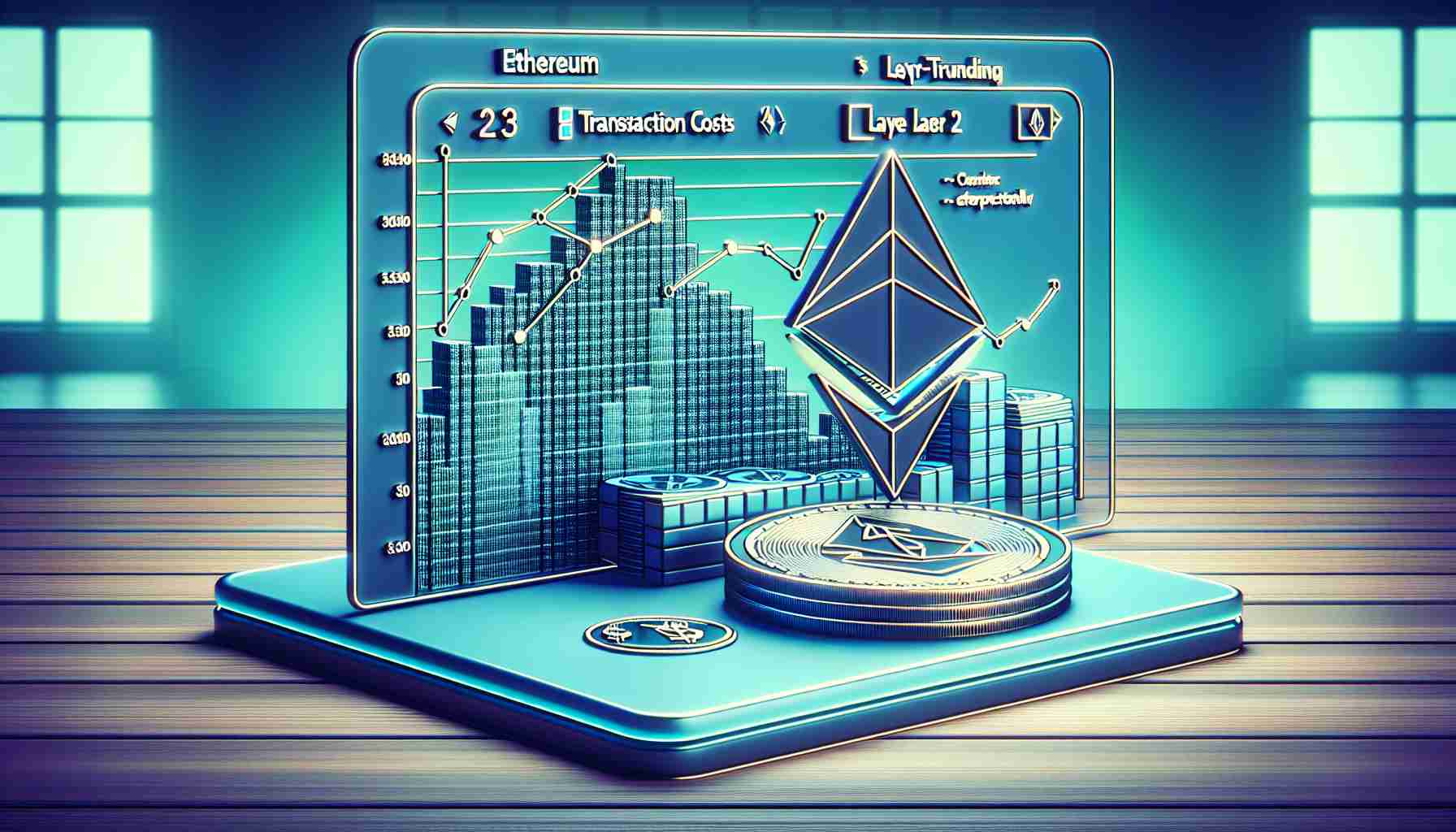Ethereum Sees Reduction in Transactional Fees
Ethereum users experienced a significant decrease in transaction fees, marking a shift towards more cost-efficient operations on the blockchain. The median gas price dropped below 3 gwei recently, resembling levels last seen in 2020. This remarkable reduction indicates that Ethereum’s Layer 2 networks might indeed be effective in lowering transaction costs on the highly valued blockchain.
Comparing Past and Present Ethereum Gas Prices
In contrast to the current low fees, the median cost of gas just one year ago ranged from 15 to 20 gwei, substantially more than the recent figures. March 2024 observed the year’s highest gas prices, with March 5th recording a median price peak at 83 gwei according to analytics by @hildobby. Nonetheless, following the March 13 Dencun upgrade which introduced improvements like “blobs”, the cost of executing transactions, especially on Layer 2 solutions, has been on a constant decline.
Ethereum’s Burn Rate Declines
Coinciding with the drop in gas prices, Ethereum’s burn rate has also reached a 12-month low. Presently, the blockchain’s supply growth rate is slightly inflationary at 0.56% per annum, implying a gentle expansion of its circulating supply.
Bitcoin Mining Revenue Dips with Fewer New Wallets
The Bitcoin network, meanwhile, has seen its mining revenue per terahash per second drop, coinciding with the aftermath of the recent block reward halving event. The average number of new Bitcoin wallets has plunged to the lowest since 2018. Despite this landscape, some mining enterprises like CleanSpark have showcased impressive performances, even surpassing Bitcoin’s price movement this year.
Political Signals to the Cryptocurrency Mining Sector
In a significant political development, former U.S. President Donald Trump engaged with U.S. Bitcoin mining executives, hinting at policy support pending election outcomes. As the cryptocurrency industry continues to evolve, these interactions underscore the political attention being directed towards this nascent sector.
Advantages and Disadvantages of Reduced Transaction Costs on Ethereum
The reduction in transaction fees on the Ethereum network comes with various advantages:
– It makes Ethereum more accessible to smaller investors and those looking to perform multiple transactions.
– Developers can deploy and interact with smart contracts more affordably.
– Layer 2 solutions that contribute to this reduction could lead to increased adoption of these scalability networks, further strengthening the Ethereum ecosystem.
However, there are disadvantages to consider as well:
– Lower fees could be indicative of decreased network usage, which might suggest a reduction in demand for Ethereum transactions.
– Miners earn less from transaction fees, which may affect network security if Ethereum’s Proof of Work was still in operation. Since Ethereum is now Proof of Stake, validators earn less from transaction fees, which could potentially impact the incentive structure, although the primary reward comes from the staking mechanism itself.
– With lower gas fees, there may be less of a deflationary effect from Ethereum’s burning mechanism, depending on the balance between lower fees and continued transaction volume.
Key Challenges and Controversies
One key challenge is balancing the network’s scalability while maintaining the decentralization and security of the Ethereum blockchain. Layer 2 solutions help with scalability but raise questions about the degree of decentralization and potential vulnerabilities.
Controversies often revolve around network upgrades and their effects on different stakeholders. Upgrades that reduce transaction fees can be seen as negative by miners/validators, as it may affect their income. Additionally, the effectiveness of upgrades and layer 2 solutions is a subject of ongoing debate within the community.
For more information on Ethereum and its latest developments, visit the Ethereum main website.
To learn more about Bitcoin and the wider cryptocurrency industry, visit the Bitcoin main website.
In conclusion, while the multi-year low in Ethereum transaction fees signifies a positive trend towards greater efficiency and cost-effectiveness, it is important to consider the implications for the various stakeholders involved, including users, developers, and validators. Greater efficiency must also be balanced with maintaining the security and decentralization that are core tenets of blockchain technology.



